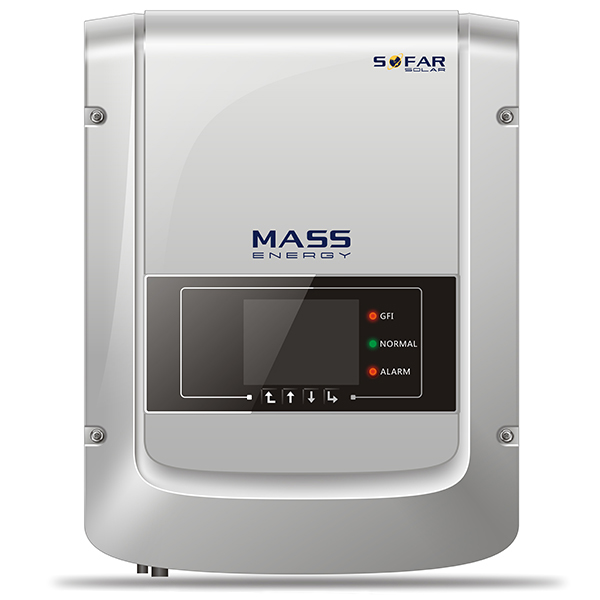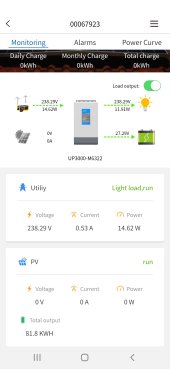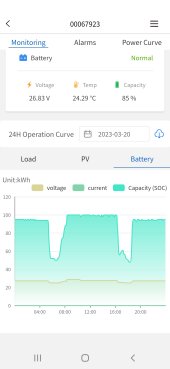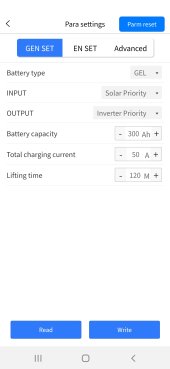Dobrý deň, chcela by som sa opýtať. Máme pripojený solárny systém s meničom Epever UP3000-M6322. Batérie síce nenabije na 100%, no na konci dňa majú cca 47%. Každý deň, keď zapadne slnko, je zapnuté nabíjanie zo siete a ventilátor beží celú noc a nevyužíva batérie. Ďakujem za každú radu.
Google translate from Slovak:
Hello, I would like to ask a question. We have a connected solar system with an Epever UP3000-M6322 inverter. Although it does not charge the batteries to 100%, at the end of the day they have about 47%. Every day when the sun goes down, mains charging is on and the fan runs all night without using batteries. Thanks for any advice
I would suggest to first make an installation without mains.
Just the inverter, solar panels and battery.
Just to confirm everything is working as it should.
Yes, the fans are spinning 24/7.
Nothing to worry about, 12v fans, on max speed 7 watt each.
Say 15 watt, thats for a 12 hours night 180 watts (if they would be running at full speed)
What will drain more, is the inverter "standby" or "own power consumption" roughly 50w for the 3200 watt model.
In 12 hours 600 watt drain from the battery. (0.6 kWh) (this includes fan power consumption)
I don't know how many kWh battery you have, nor what type (LifePo4, lead acid)
With the wrong settings or (old)lead acid, dropping to 50% is not "strange".
Besides this, the voltage measured at the battery is usually not the same as the inverter sees.
You need to compensate this offset.
Also... During charge or discharge the voltage will be seen higher or lower then it actually is.
LifePo4 is famous for its inaccurate state of charge.
We know at 2.5v the cell is seen as "empty". While it is safe to go to 2.0v, the capacity between 2.0 and 2.5v is not a lot.
For safety reasons we use 2.5 as "bottom" voltage and seen as empty.
We know at 3.64 the cell is seen as "Fully charged". While its safe to go a bit higher, capacity won't really increase.
For safety reasons we use 3.65 as full.
Every voltage between 2.8 and 3.4v is "estimation" of the capacity, and depending on what happened to the cell in the last 6-8 hours.
At 3.4 the cell can have been charged 100% and rest for 6 hours.
Also can be 90 or 80%...
At 2.8.. between 20 and 40%..
To "know" then state of charge, many cycles are needed and a smart meter and an accurate shunt, calculating the estimated SOC.
Voltages are a really rough estimate.
Easy 20 to 30% wrong
47%...
I'm curious how you got to this number.
Probably 40-60% is more realistic.

 www.sofarsolar.com.au
www.sofarsolar.com.au





